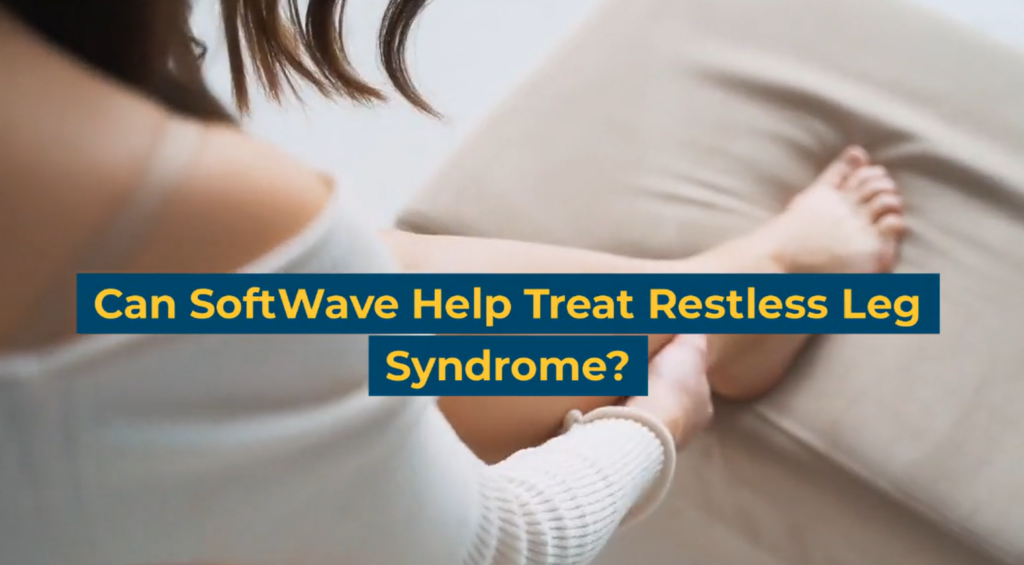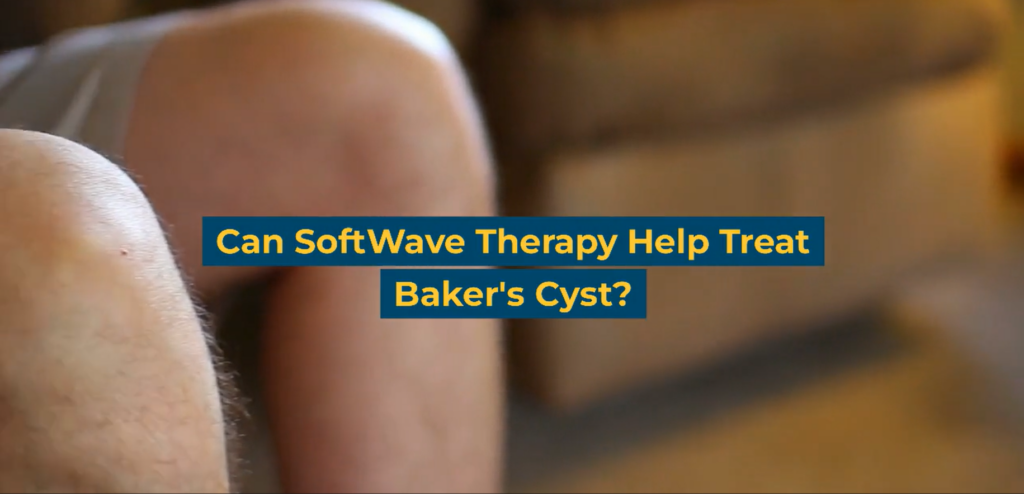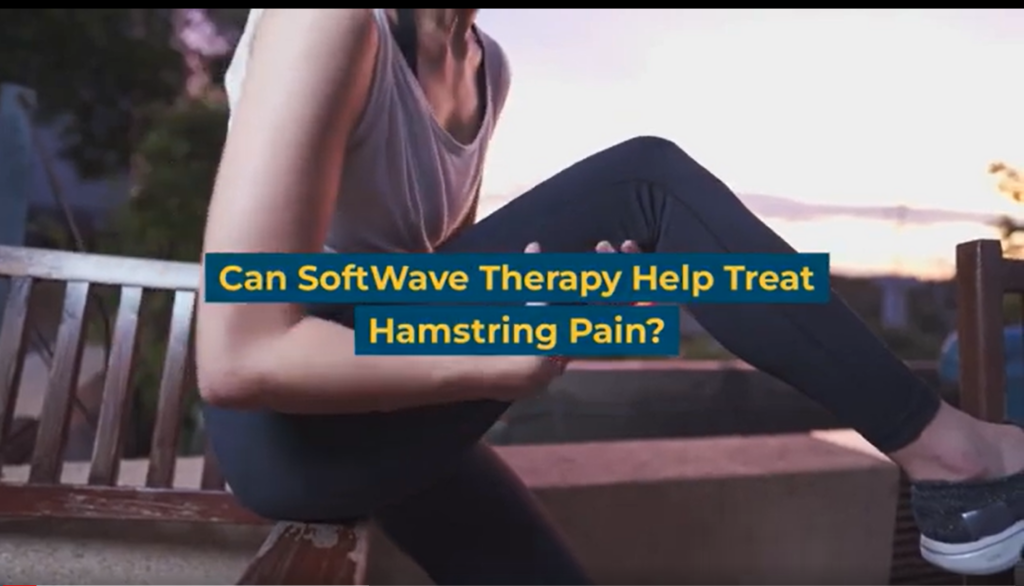Understanding Osgood-Schlatters Disease: Causes & Symptoms
Osgood-Schlatter disease is a common cause of knee pain in growing adolescents, typically between the ages of 10 and 15. It is an inflammation of the area just below the knee where the tendon from the kneecap (patellar tendon) attaches to the shinbone (tibia).
Osgood-Schlatter disease most often occurs during growth spurts, when bones, muscles, tendons, and other structures are changing rapidly and are still malleable. Because physical activity puts additional stress on bones and muscles, children and adolescents who participate in athletics — especially running and jumping sports – are at an increased risk for this condition. However, less active adolescents may also experience this problem.
It’s more common in boys, but girls can get it too, and it usually occurs between the ages of 9 and 16.
Symptoms include:
- Knee pain and tenderness at the tibial tubercle (the bony bump at the top of the shinbone).
- Swelling around the tibial tubercle.
- Tightness of the surrounding muscles.
What Is SoftWave Therapy & How Does It Treat Osgood-Schlatters?
SoftWave Therapy is a non-invasive treatment option that utilizes low-intensity, unfocused shockwaves to target and heal injured tissues. Specifically, for Osgood Schlatter’s Disease (OSD), SoftWave Therapy addresses the inflammation and pain associated with this condition. The mechanism behind SoftWave Therapy involves the generation of acoustic wave pulses that, when directed at the affected area, help to increase blood flow, reduce inflammation, and stimulate the body’s natural healing processes. How does this happen?
- Angiogenesis: SoftWave Therapy can stimulate the formation of new blood vessels, which is crucial for healing. Improved blood flow brings in more nutrients and oxygen – vital components for repairing damaged tissues.
- Stimulation of Cellular Repair: The shock waves prompt the cells to release specific proteins that aid in bone and tendon healing. It helps reduce the duration of the recovery period and can reduce the chances of future related injuries.
- Inflammation Reduction: Targeting the strained patellar tendon, which links the kneecap to the shinbone, SoftWave Therapy facilitates its healing, consequently mitigating the pain and discomfort associated with OSD.
For OSD, this means a targeted approach to healing the strained patellar tendon, which connects the kneecap to the shinbone, ultimately alleviating the pain and discomfort associated with the disease.
Beyond Osgood Schlatter’s Disease, the versatility of SoftWave Therapy extends to the treatment of a plethora of conditions, including plantar fasciitis, tendonitis, neuropathy, and diabetic ulcers. Its capacity to promote cellular regeneration and quell inflammation renders it an invaluable asset in addressing a wide spectrum of musculoskeletal and soft tissue ailments.
Benefits of SoftWave Therapy Over Traditional Approaches for Treating Osgood-Schlatter Disease
Traditional OSD treatments usually involve rest, ice, compression, elevation (the R.I.C.E. method), and sometimes painkillers or physiotherapy. While these methods can be effective, they often necessitate prolonged periods of rest and may not always address the root causes of the pain.
SoftWave Therapy, on the other hand:
- Requires Less Downtime: Unlike methods that require long recovery periods, SoftWave promotes healing without necessitating extensive downtime.
- Is Non-Invasive: There are no incisions, no anesthesia, and no lengthy hospital stays involved.
- Has Few Side Effects: While some patients may experience minor discomfort or redness post-treatment, these effects are typically transient.
Is SoftWave Therapy Right for Everyone?
Though SoftWave Therapy shows promise in the treatment of OSD, it’s crucial to consult with a medical professional before embarking on any treatment journey. Factors like the severity of the condition, age, overall health, and specific individual needs can all play a role in determining the most suitable treatment option. Curious about SoftWave? Read our FAQs.
Unlock a Pain-Free Future: Why SoftWave Therapy Could Be Your Next Step
Osgood-Schlatter disease, while not a life-threatening condition, can significantly impact an adolescent’s quality of life. Traditional treatments, though effective to an extent, sometimes fall short of addressing the root causes of the condition. SoftWave Therapy, with its innovative approach, provides a beacon of hope for many. By promoting natural healing and addressing the underlying issues, it stands out as a promising, non-invasive treatment option for OSD.
Make SoftWave Therapy an integral part of your treatment regimen and see the difference it can make. Try SoftWave therapy today.
Disclaimer: The information provided in this blog is for educational and informational purposes only and is not intended as a substitute for professional medical advice, diagnosis, or treatment. The content provided in this blog should not be used to diagnose or treat any health problems or illnesses. Always consult with a qualified healthcare professional before making any changes to your healthcare routine or treatment plan.




